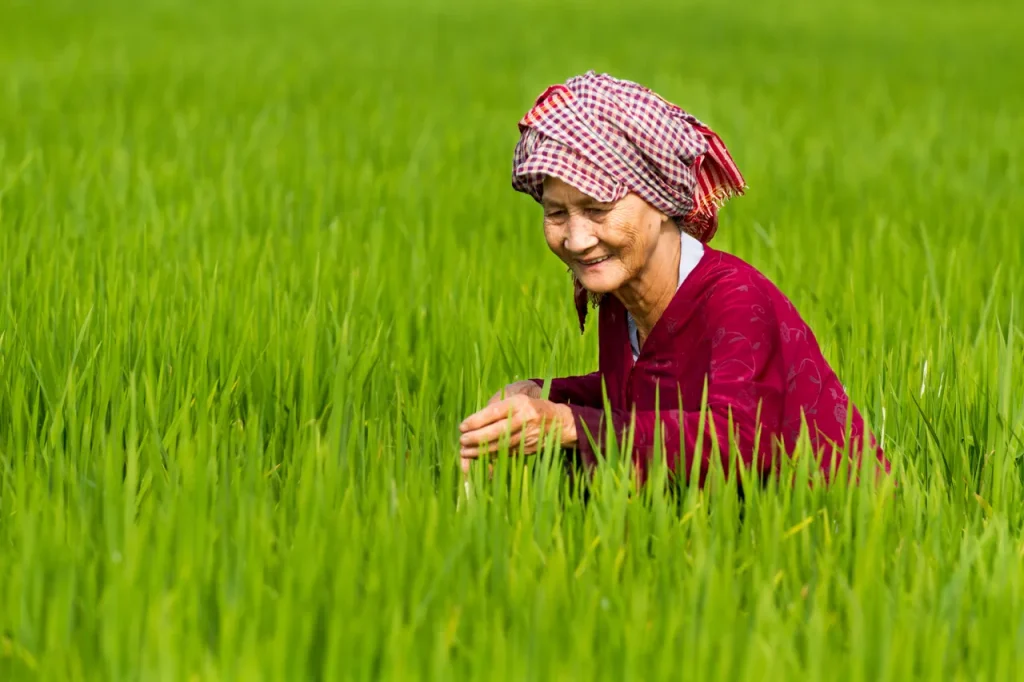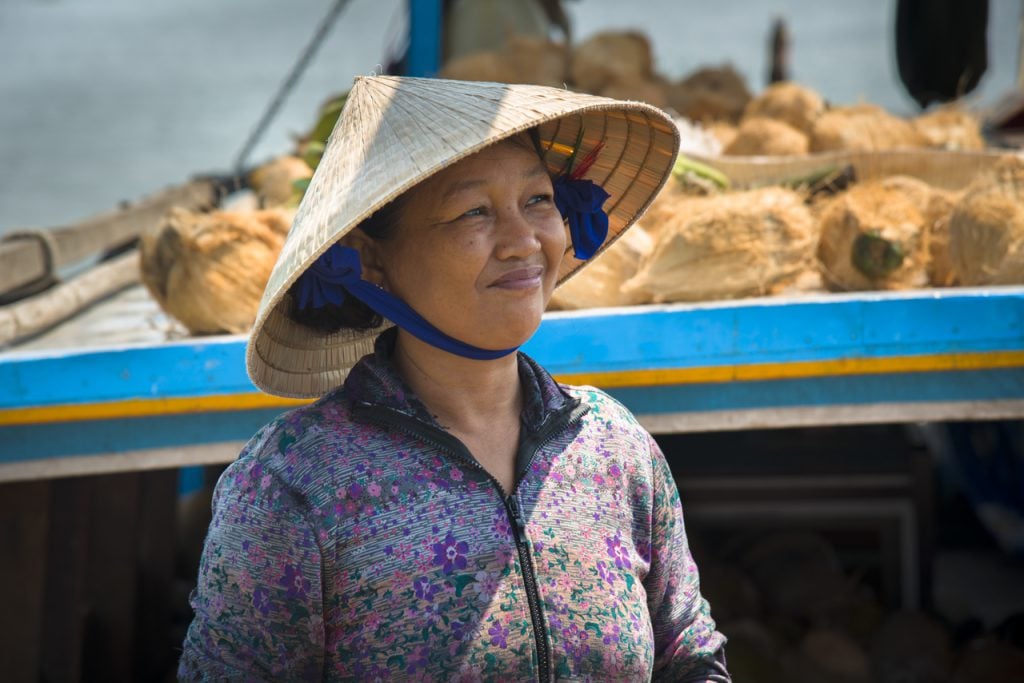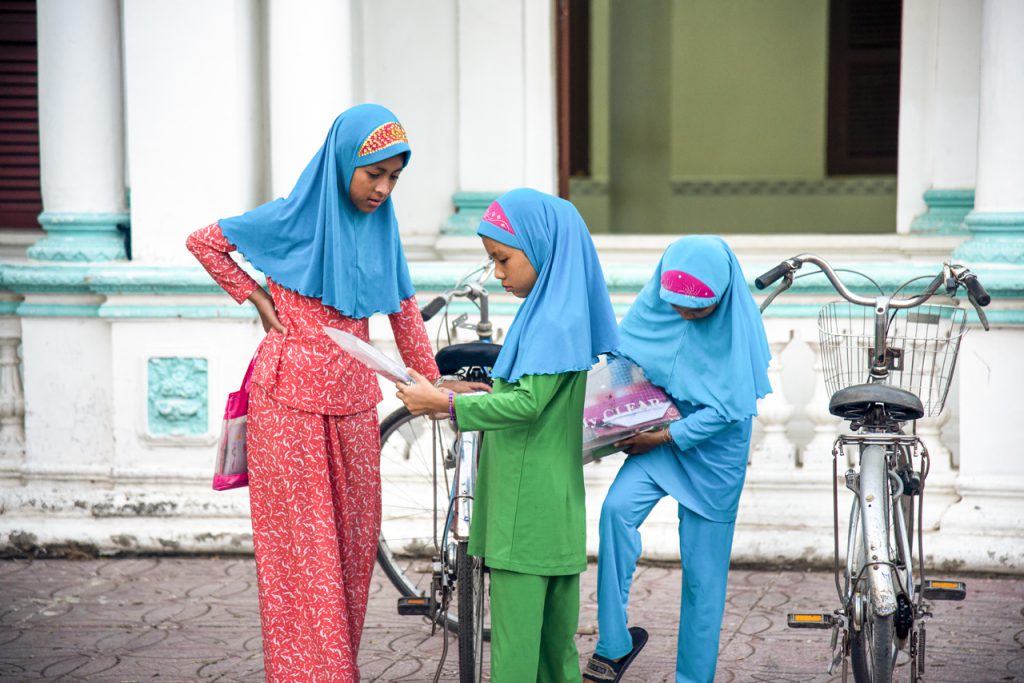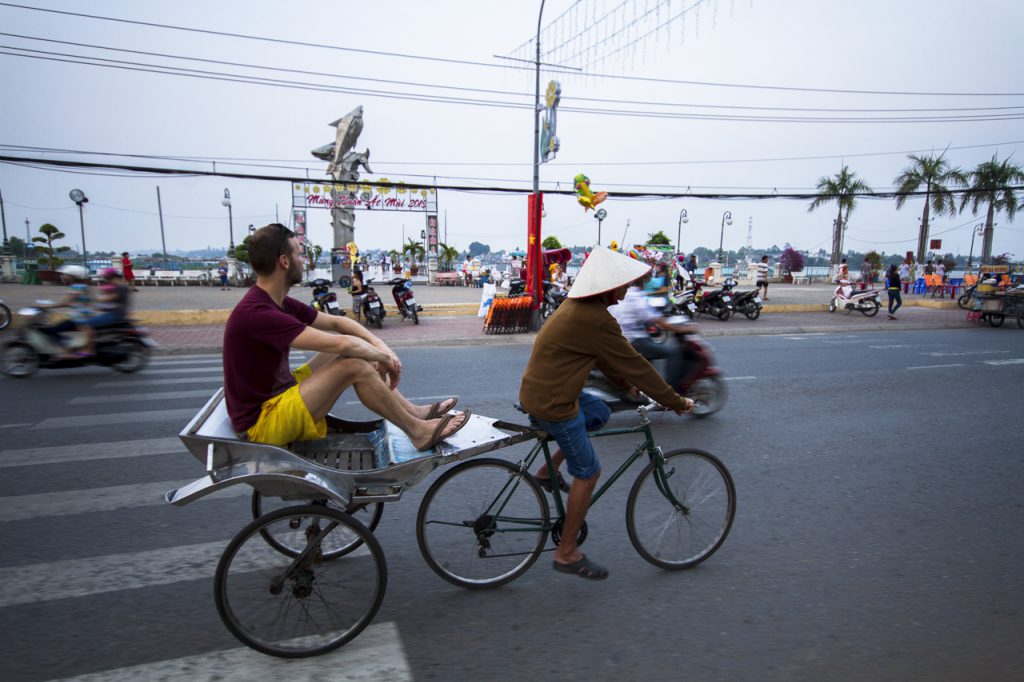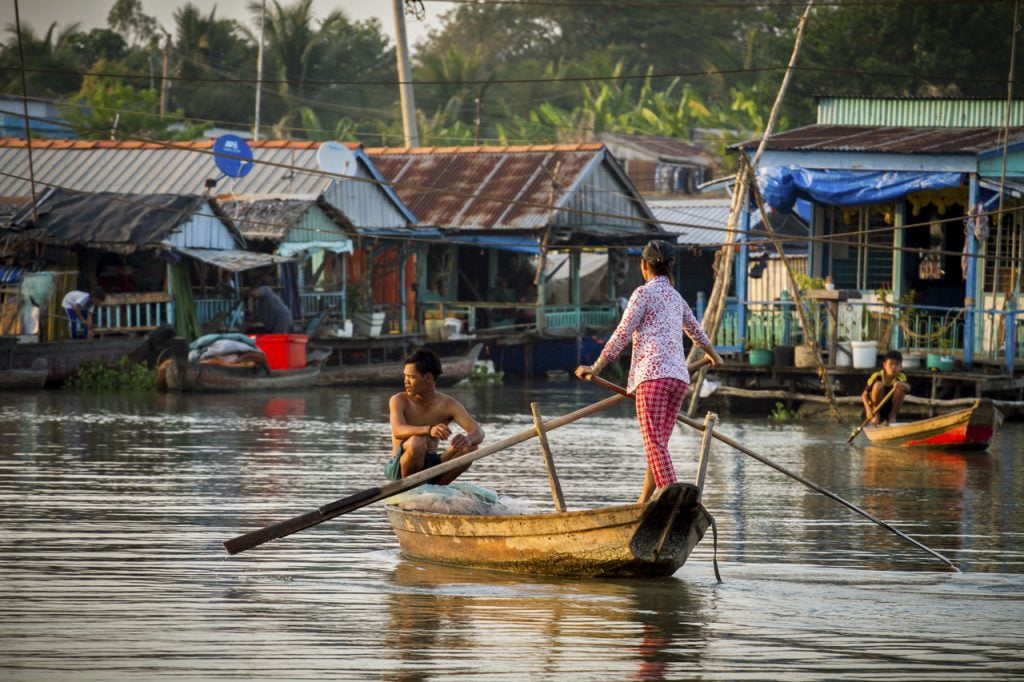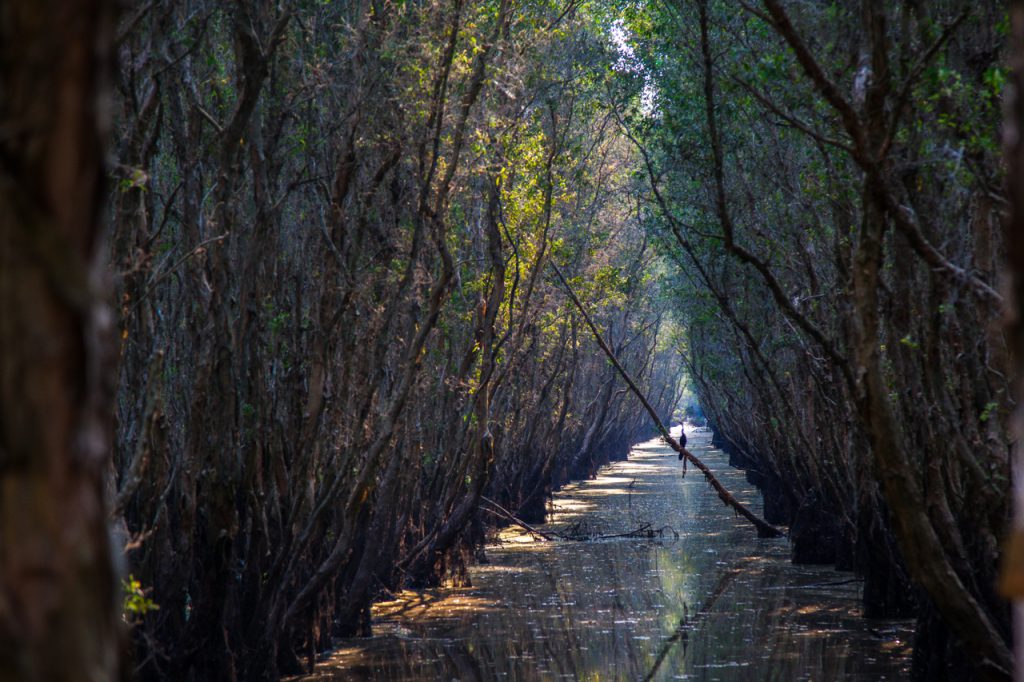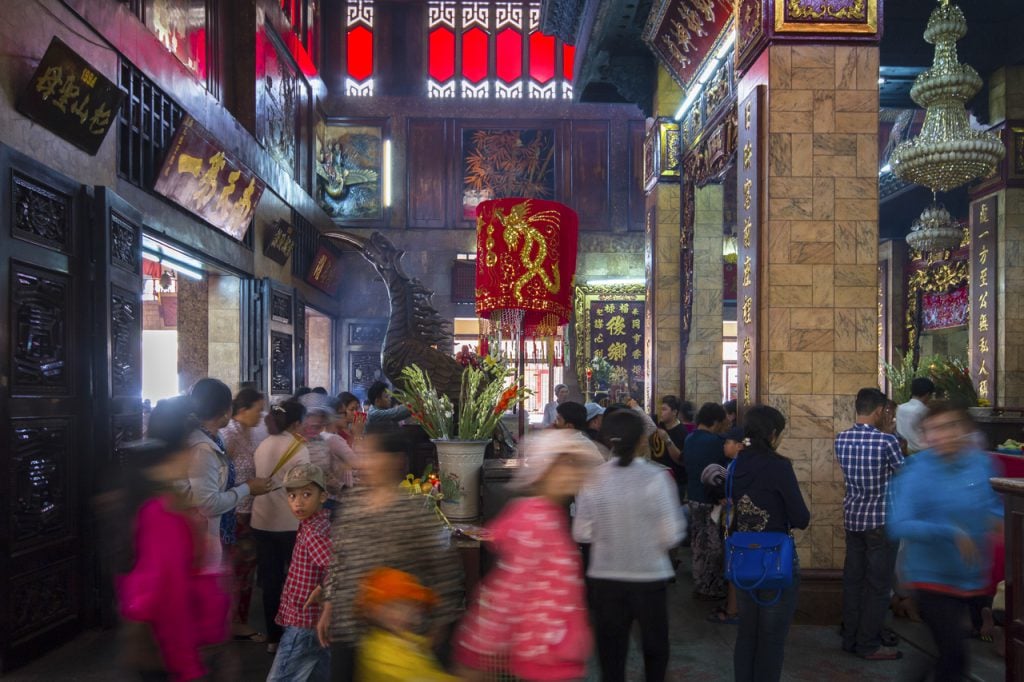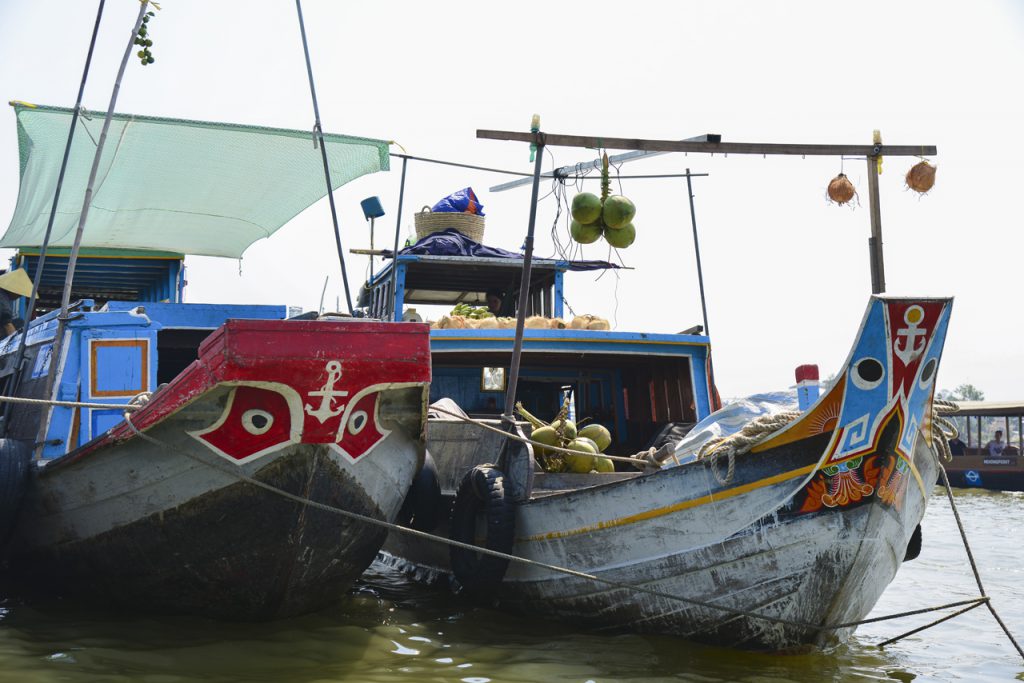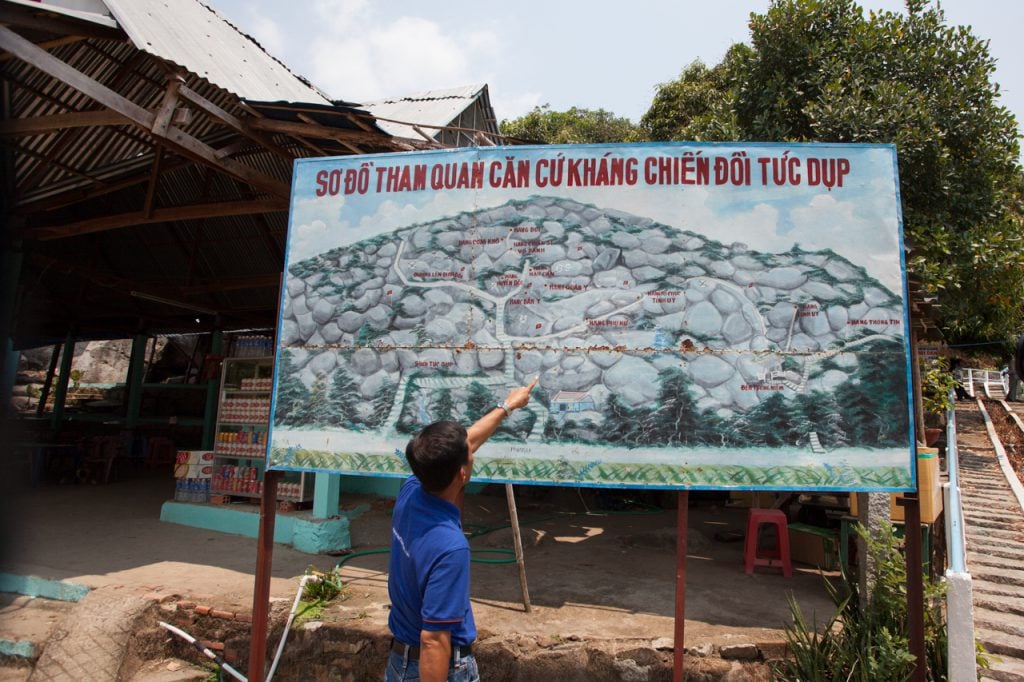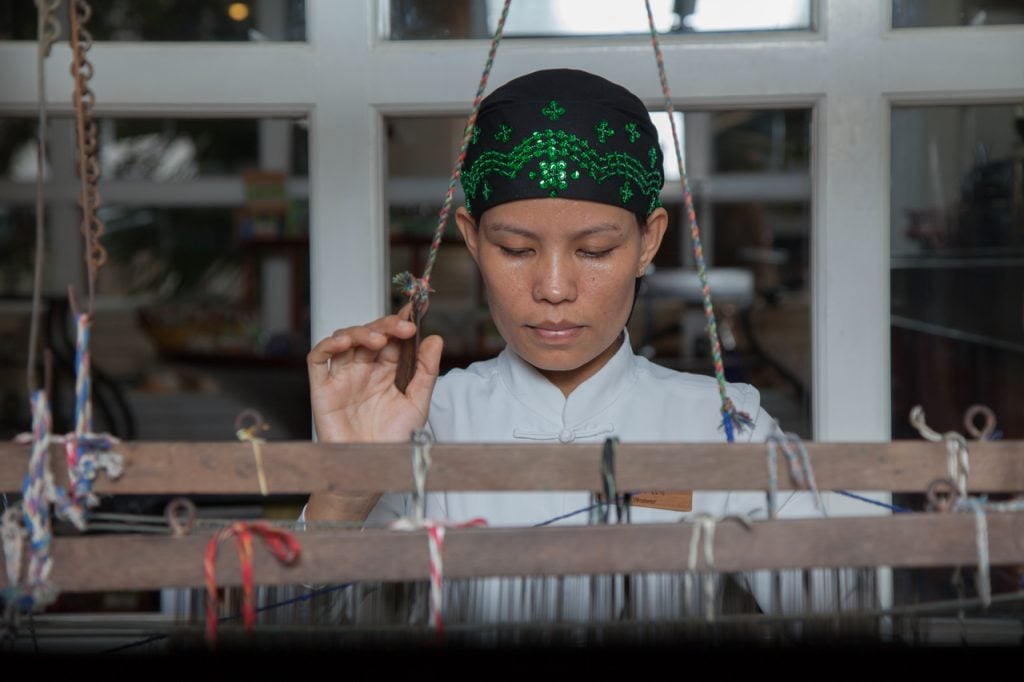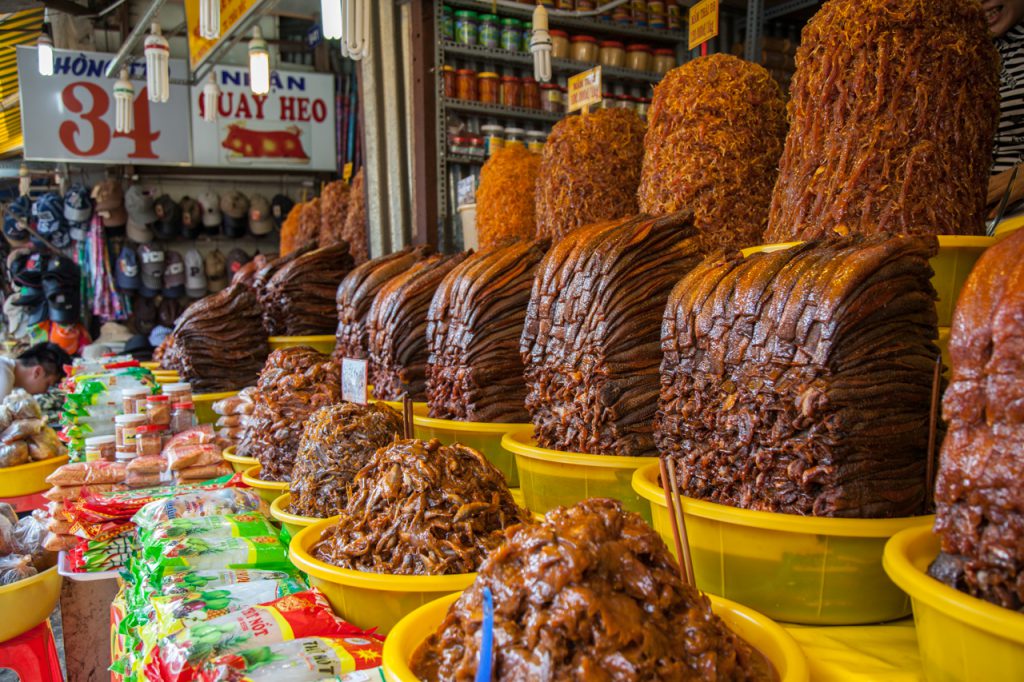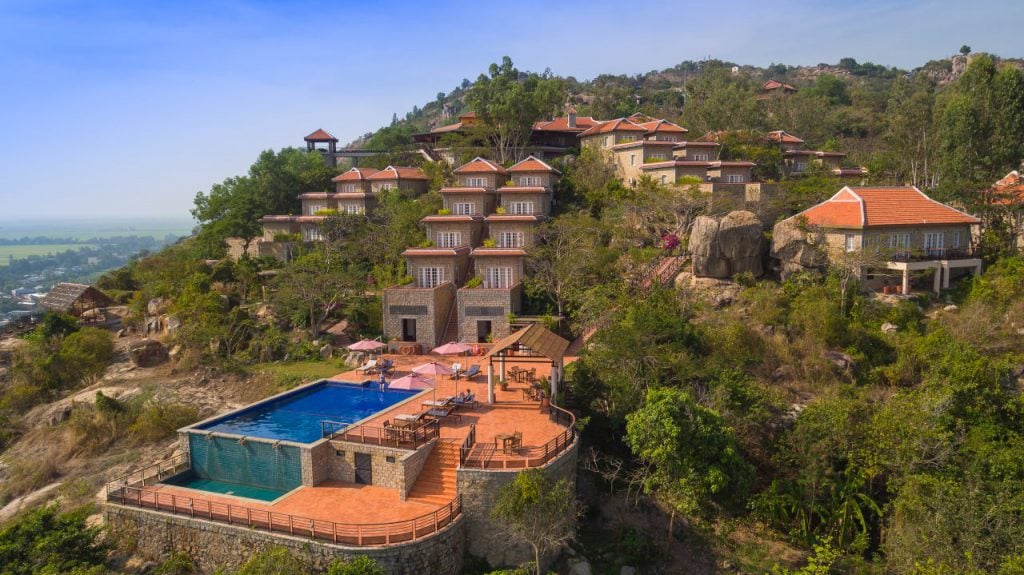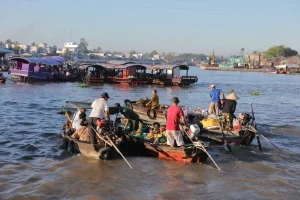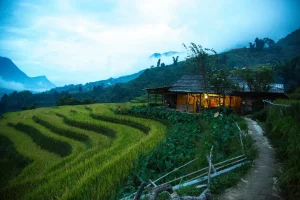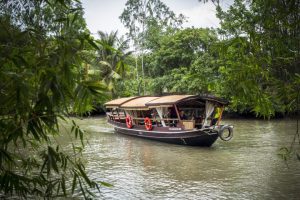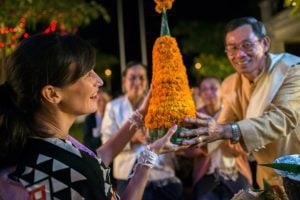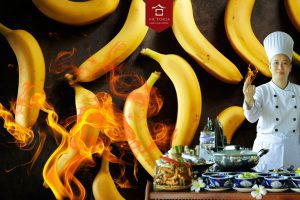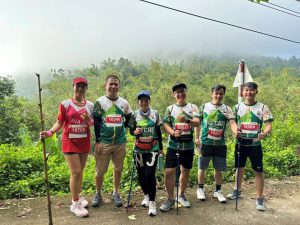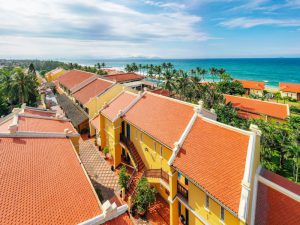Unless you’re a hardcore Vietnam fan, chances are, you’ve never heard of An Giang. But if you’ve ever done the river route between Phnom Penh, Cambodia and Ho Chi Minh City, Vietnam, you likely overnighted in this rural province. While most visitors only spend a blur of an evening there, the province has much to experience and is well worth adding a few days to your itinerary!
Where is An Giang?
A key province in the Mekong Delta, An Giang is located 200km west / southwest of Ho Chi Minh City and 150km south of Phnom Penh, Cambodia. Its main cities are Long Xuyen and Chau Doc. It shares a 100km-long border with Cambodia with Can Tho (the largest city in the Mekong Delta) to the southeast and Ho Chi Minh City (aka Saigon) to the northeast.
What makes An Giang unique?
An Giang’s geographical location makes it a melting pot of cultures, with ethnic Khmer, Chinese, Cham, and Vietnamese communities peacefully co-existing. It’s also located between two branches of the Mekong River – the Tien River and the Hau River – giving it lots of resources for rice farming and aquaculture. While the Mekong Delta is generally flat, An Giang also has mountains, earning it the moniker of the “Land of Seven Mountains”, making the region excellent for eco-tourism and nature-based travel.
What to do and see in An Giang
Festivals: With such a wonderful mosaic of cultures, An Giang hosts a number of vibrant festivals throughout the year, including the Festival of Lady Xu (a local deity) near Sam Mountain, Khmer New Year, the Khmer bull-racing Dolta Festival, and Ramadan, observed by the Muslim Cham population.
Handicrafts and products: People in the Mekong Delta tend to live close to the land. Other than rice harvest, work generally slows down leaving lots of time to pursue handicrafts and handmade products. The town of Tan Chau is famous for its silk weaving while Chau Doc, where three rivers converge, is known for its fish sauce.
Floating fish farms: With over 11,800ha devoted to aquaculture, fish farming is a way of life. Many floating homes (buoyed by plastic barrels) actually house fish cages below where Mekong Delta catfish and Basa fish are raised, taking advantage of river currents and nutrients, until large enough to sell at market. It’s fascinating to tour one of these homes and get a glimpse of life lived on the river.
Tra Su Forest: Just outside of Chau Doc lies the gorgeous 850-hectareTra Su forest, home to a diverse range of water birds, colonies of bats, and other animal species. The forest is famous for its cajuput trees, a myrtle-like tree with a silvery, papery bark. One of the joys of visiting the forest is traveling by boat on a living carpet of water plants among the partially submerged trees. Walk through the incredibly scenic park to reach a 10m-high viewing tower where bird lovers can watch flocks of white storks fly above the canopy.
Pilgrimage sites: An Giang is home to several famed temples and pagodas believed to possess certain spiritual qualities. Many of them are built around Nui Sam (Sam Mountain), including the popular Ba Chua Xu Temple. Built in the early 1800’s to accommodate a mysterious statue said to date back to the 6th century, the temple is now where many people go to pray for blessings, especially during the Chua Ba Xu Festival (23rd to 27th day of the fourth lunar month). One of the highlights of the festival is where the statue is ritually washed and clothed with new garments. A popular souvenir is a red envelope containing a sliver of cloth from one of the statue’s previous outfits, believed to bring good luck.
Floating Markets: A throwback to when river transport was easier than road transport, the floating markets of Chau Doc and Long Xuyen are among the few remaining places where wholesale fruit, vegetables, and rice are still traded on the water. Arrive early to see the many boats laden down with pink dragon fruit, mounds of watermelon, and heaps of pineapple off-loading onto smaller boats which then take the produce to land-based markets all around the region.
Tuc Dup Hill: Nicknamed “Two Million Dollar Hill” for the amount of money American troops spent securing it, Tuc Dup Hill served as a base for Viet Minh soldiers during the war. Walk through its 216 meters of connecting caves as you try to imagine what life would have been like, with bomb blasts ricocheting throughout the stone corridors during the 128 days the Vietnamese fighters were able to defend the hill. After touring Tuc Dup Hill, check out the adjacent Co To Mountain with its many hilltop pagodas, another popular pilgrimage site.
Chau Giang Weaving Village: The art of weaving on handlooms is alive and well in the village of Chau Giang. The village is home to Muslim Cham, an ethnic minority group descended from the ancient Champa Kingdom who once ruled over parts of South-Central coastal Vietnam. While there are also Hindu Cham around coastal Phan Rang, the Cham in the Mekong Delta follow Islam with many able to read the Koran in Arabic. The town has kept up the craft of weaving in the traditional Cham way, producing beautiful patterned scarves and other textiles which make for a great souvenir.
Chau Doc Market: With so many rivers, streams, and ponds, fish and shrimp are plentiful in An Giang as are products made from fish and shrimp. For true foodies, this opens up a whole host of umami flavors including fish sauce (the staple that defines Vietnamese cooking) and “mam”, fermented fish and shrimp made much in the way as fish sauce, but over a shorter period of time, leaving much of the flesh intact. This “mam” is the base for everything from hot pots to dipping sauces and you can find mounds of it at the colorful Chau Doc Market.
Be in the middle of the action with a stay at the elegant Victoria Chau Doc Hotel, right next to the riverside boardwalk where families come out to enjoy evening breezes and youngsters kick around a football or play badminton. The Chau Doc Market is just a 10-minute walk away, along with other city attractions. For a more secluded experience, head to Victoria Nui Sam Lodge perched on the side of Sam Mountain. Watch the sun rise over the paddy fields from your stone bungalow or take a dip in one of the prettiest swimming pools in all of Vietnam. Best of all, both properties can arrange day trips to explore this very untouristy region that’s full of hidden gems!
